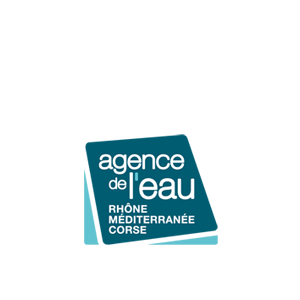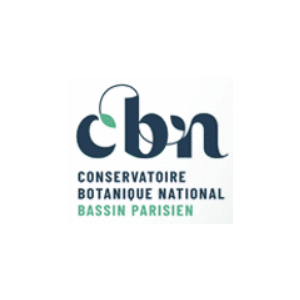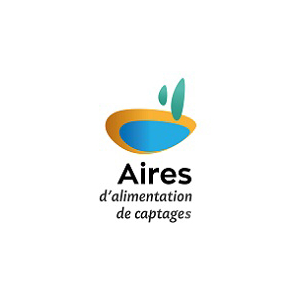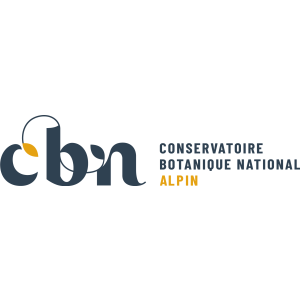
Document généré le 31/08/2025 depuis l'adresse: https://www.documentation.eauetbiodiversite.fr/fr/notice/parameters-structuring-macrophyte-communities-in-rivers-and-lakes-results-from-a-case-study-in-north-central-poland
Parameters structuring macrophyte communities in rivers and lakes – results from a case study in North-Central Poland
Titre alternatif
Producteur
Contributeur(s)
EDP Sciences
Identifiant documentaire
11-dkey/10.1051/kmae/2014034
Identifiant OAI
oai:edpsciences.org:dkey/10.1051/kmae/2014034
Auteur(s):
K. Szoszkiewicz,H. Ciecierska,A. Kolada,S. C. Schneider,M. Szwabińska,J. Ruszczyńska
Mots clés
macrophytes
lakes
rivers
plant ecology
ecological assessment
macrophytes
lacs
rivières
écologie végétale
évaluation écologique
Date de publication
24/12/2014
Date de création
Date de modification
Date d'acceptation du document
Date de dépôt légal
Langue
en
Thème
Type de ressource
Source
https://doi.org/10.1051/kmae/2014034
Droits de réutilisation
Région
Département
Commune
Description
We analysed macrophyte species composition and abundance, water chemistry and
hydromorphological parameters of all major river stretches and lakes in the catchment of
the lowland river Wel, Poland. We studied (i) which hydromorphological and
physico-chemical factors best explained macrophyte species composition, (ii) if
environmental factors structuring macrophyte communities were different between rivers and
lakes; and (iii) if macrophyte indices developed to indicate eutrophication correlated
with nutrient concentrations. Based on two-way indicator species analysis, correlation
analysis and canonical correspondence analysis, we found that river substrate was most
important in structuring macrophyte species composition and abundance in rivers, while
water quality parameters were most important in lakes; species richness and diversity were
correlated with river size and substrate type in rivers, but not in lakes; the relative
abundance of macrophyte growth forms was best explained by total organic carbon and Secchi
depth in lakes, but it was not correlated with any of the water chemical or
hydromorphological parameters in rivers. Irrespective of which factors best explained
macrophyte community composition, macrophyte metrics developed to indicate ecological
status responded most strongly to total phosphorus concentrations, both in rivers and
lakes. We conclude that macrophyte metrics are valuable tools for ecological status
assessment also in ecosystems where parameters other than nutrients shape macrophyte
community composition.
Accès aux documents
0
Consultations
0
Téléchargements





























